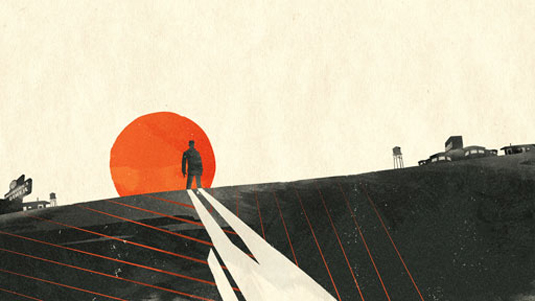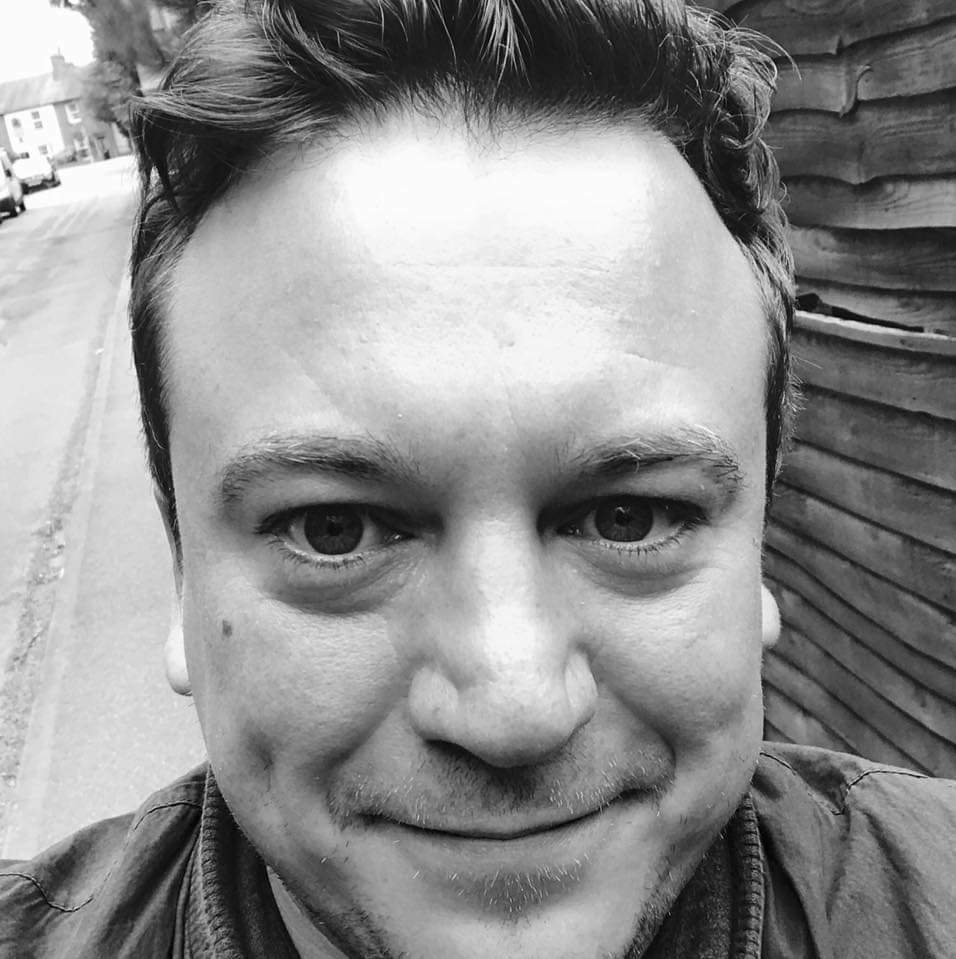18 things they didn't teach you at design school
Top creatives reveal what they wish they had known in college, to give you a head-start in your creative career.
12. How to stay creative

Ian Wharton is a creative director at AKQA and an advocate of young talent (he's regularly involved in judging, seminars and publications promoting young creativity). So what does he now know that he wishes he'd known at art school?
"How difficult, yet entirely necessary it is to hang onto the innate creative spirit of youth," he says. "It's something I took for granted." And his advice? "Explore endlessly. Every facet of creativity that excites you – dive in and don't worry about right answers. You have the time, agility and resources to do so. When you leave school, never stop learning and waste zero time making things you don't want to be known for."
For more of Wharton's thoughts on the subject, check out his book: Spark the Fire.
13. How to find your niche

Wildlife artist Jonathan Woodward's beautiful, textured animal illustrations have led him to commissions from the likes of Penguin, Transworld Publishing and Random House. What did he wish he knew?
"I'm probably the same as most other illustrators in that the biggest gap in my art college education was the business and marketing side of things. I've had to learn all of this as I've gone along.
"One of the most important lessons I've learned is to find a niche rather than trying to be all things to all people. It was only when I really focused on combining my two main passions for nature and illustration, specialising in being a wildlife illustrator, that things started to move forwards and the right type of commissions started come in."
14. Not to be precious

James Wignall is an animator and motion graphics artist working in London. He wishes he'd learned not to be too precious with his designs.
Get the Creative Bloq Newsletter
Daily design news, reviews, how-tos and more, as picked by the editors.
"Inevitably the client will want changes, and inevitably you'll think they are for the worse. Your job is to do the best you can for your client, not for your portfolio. There are occasions that you and the client will be on the same wavelength and you'll end up with a project that will take pride of place on your website, but these jobs are few and far between.
"Behind every amazing project you've seen on a designer's website, there's probably 10 more that you don't see that pay the bills. Once you've given it all and appeased your client, boss or bill payer, you can always rework it to a state that you're happy and call it a 'directors cut'!"
15. How to take a step back

Freelance art director, illustrator and graphic designer Radim Malinic has been responsible for some stunning campaigns.
"Education encourages you to be good at one thing only," he says. "When you get out into the sharp-toothed world of client work, it's easy to get consumed by focusing on small detail in your designs and not worrying about any other essential parts of the commission.
"Whether you are a freelancer or part of a bigger team with the additional beady eyes of account managers or creative directors, it is about projecting your voice through the project. By taking a little bit of extra time and stepping back for short moment to oversee what has been done, you can not only scrutinise all aspects and find any errors, you can also discover potential ways of making the project go further.
"Clients can have a limited vision and creative teams can play it safe to keep them happy. Great work just does not happen by accident, it is the ever-present hunger to create fresh work which makes it succeed."
16. How to be humble

James Wignall didn't take the traditional route into the creative industries – he's a Bachelor of Science rather than of the Arts. However, there is some advice that applies to everyone.
"The first thing you should learn when going into the work place is a little humility – seriously it goes a long way!" he says. "A number of people from my course assumed that because they achieved a first class honours they were God's gift to the industry. Wrong!"
"There is always somebody who's better than you and employers have no time for that kind of arrogant attitude. A workplace needs people who are easy to work with, to collaborate and bounce ideas back and forth with."
17. That it's not all self-indulgent

"At college, most of the projects are pretty self-indulgent," says Jo Gulliver. "You don't really experience what it's like working for a client. It would have been good to get some live client work while I was at college – working for someone would give you an insight into how the industry works.
"It would also have been useful as a learning experience on how to manage a project – pricing it, time management and so on. These are real-world things that you often discover when you're in the real world – not before!"
18. How to choose your career carefully

"My main advice for art college students today would be to really think about the type of work they want to be doing," says Jonathan Woodward. "To think about the type of commissions they really want – rather than what they think they should be doing – and then create a career and portfolio that reflects this.
"If you show the type of work in your folio that you don't want, you can be sure that is the type of work you'll get," he adds. It's an interesting point – make sure only your best and most relevant work (if you're going for an interview) is in your portfolio.
Related articles:

Thank you for reading 5 articles this month* Join now for unlimited access
Enjoy your first month for just £1 / $1 / €1
*Read 5 free articles per month without a subscription

Join now for unlimited access
Try first month for just £1 / $1 / €1

Rob is editorial, graphic design and publishing lead at Transport for London. He previously worked at Future Publishing over the course of several years, where he launched digital art magazine, ImagineFX; and edited graphic design magazine Computer Arts, as well as the Computer Arts Projects series, and was also editor of technology magazine, T3.
